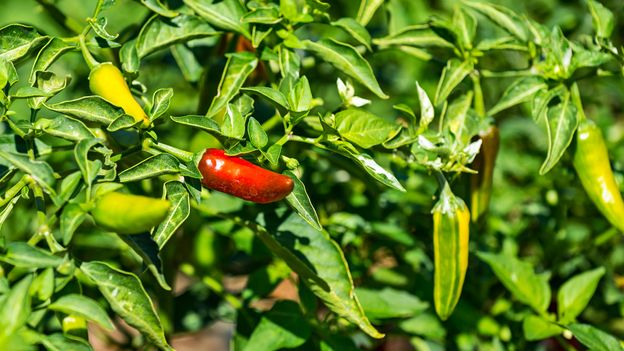The fish pepper (named for its common use in seafood dishes) is popular today, but it nearly disappeared altogether: that it still exists is thanks to William Woys Weaver, a Maryland author and ethnographer. In 1995, Weaver discovered a jar of seeds in the bottom of a freezer that belonged to his grandfather, H Ralph Weaver. Back in the 1940s, African American folk artist Horace Pippin gifted the fish pepper seeds to H Ralph Weaver after getting treated by him for arthritis using honeybee stings from a hive belonging to the family.
Decades later, when William found the jar of seeds, he handed them over to the Seed Savers Exchange, a non-profit that catalogues and preserves heirloom varieties. The Exchange regenerated the seeds and began cultivating them before offering them to the public. They first sold in Maryland and the surrounding Mid-Atlantic region before becoming popular elsewhere.



It would be hard to resurrect them from fifty year-old seeds.
But it would be easy to resurrect them from fifty-year-old seeds.
English really has the worst compound word rules of any Germanic language, if you can really call them “rules”.
True for both the pirates code and the English language.
freedom ain’t free